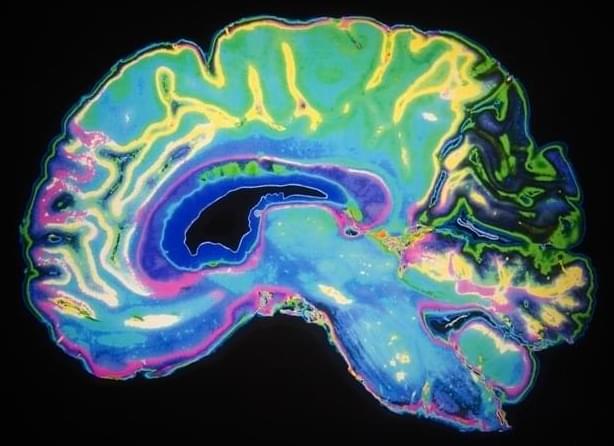Quantum Computing Innovation In Pharma — Dr. Thomas Ehmer, Ph.D. — Merck KGaA, Darmstadt, Germany
Dr. Thomas Ehmer, Ph.D. (https://www.linkedin.com/in/tehmer/) is a seasoned technology strategist with over two decades of experience in IT innovation, business development, and R&D within the pharmaceutical industry, and co-founder of the Quantum Interest Group, at Merck KGaA Darmstadt, Germany (https://www.emdgroup.com/en).
Dr. Ehmer currently is in the Sector Data Office — AI Governance and Innovation Incubator at Merck KGaA Darmstadt, Germany, where he scouts emerging and disruptive technologies, demonstrating their potential value for R&D applications, with a focus on quantum technologies.
Throughout his career at Merck KGaA Darmstadt, Germany, Dr. Ehmer has played a pivotal role in shaping IT strategy, business process optimization, and digital transformation across the entire pharmaceutical value chain, currently focusing on transparent AI and how and where emerging technology can help patients live a better life. His expertise spans technology scouting, business analysis, and IT program leadership, having successfully driven major global projects.
Beyond his corporate career, Dr. Ehmer is an active private seed investor and has contributed to quantum computing research and applications in drug discovery, authoring publications on the potential of quantum computing and machine learning in pharmaceutical R&D (https://onlinelibrary.wiley.com/doi/10.1002/9783527840748.ch26).








